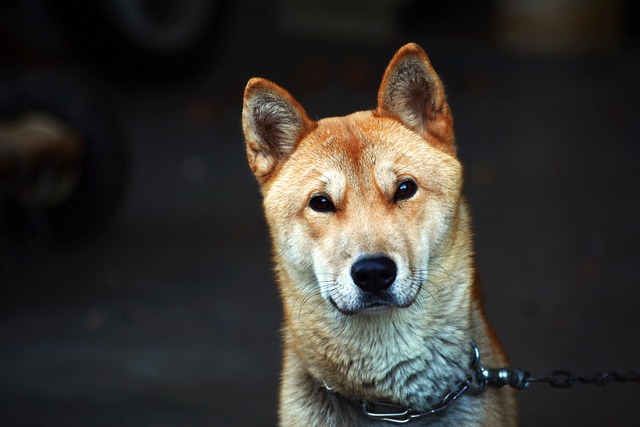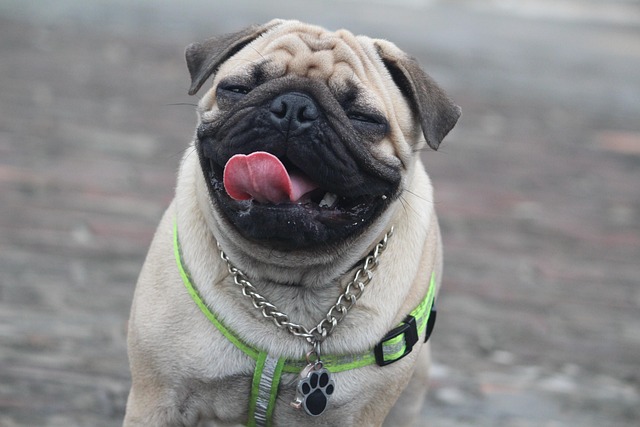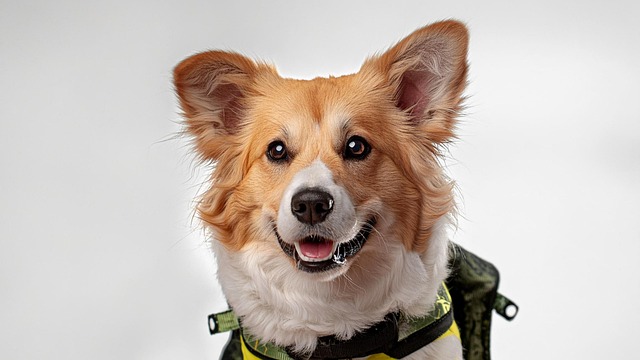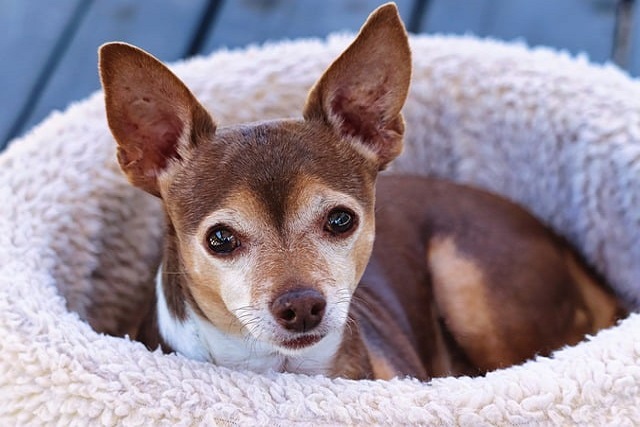You’re hosting Thanksgiving dinner in your cramped Boston apartment when your overjoyed 5-month-old Labradoodle, Milo, rockets toward Grandma, planting muddy paws on her sweater as she wobbles backward. That heart-sinking moment captures why teaching "stay down" isn’t just polite—it’s essential for apartment living and community safety. Puppies jump because it works: their brains learn that launching upward earns attention (even scolding counts as a reward!). But forcing them down with knee bumps or leash jerks backfires spectacularly. Studies confirm confrontational methods spike anxiety and excitement. Modern training flips the script: we build impulse control through settle training and a reliable off command, rewarding calm choices that keep paws firmly planted.
Start where distractions are minimal—your living room after naptime works perfectly. Arm yourself with tiny, high-value treats (think shredded chicken or cheese). The instant Milo’s paws touch the floor—whether he’s jumping or naturally settling—mark it with an enthusiastic "yes!" or clicker, then reward at ground level. This captures the exact behavior you want. Next, add your verbal cue: say "off" calmly as he dismounts, never mid-air. Consistency is your secret weapon; if one family member laughs at jumps while another scolds, Milo gets confused. Apartment dwellers should simulate doorbells or knocks: reward lavishly when he remains grounded during "guest arrivals."
Progress gradually using layered challenges. First, extend duration: after saying "off," wait 3 seconds of stillness before treating. Then add distance: take one step back after your cue. Finally, introduce distractions—practice near open windows with sidewalk chatter or during TV time. For persistent jumpers, teach an incompatible behavior like "go to mat." Toss a treat onto a dog bed across the room; when Milo dashes to it, say "place!" and reward. One Portland high-rise resident used this to stop her terrier from hurdling toward delivery drivers—now he sprints to his mat at the first knock.
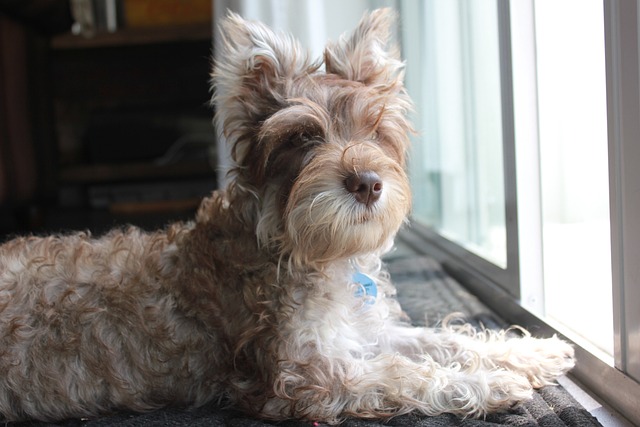
Cultural sensitivity matters here. Yanking leashes or alpha rolls violate contemporary animal welfare standards across the U.S. and EU. Force-free trainers advocate "attention withdrawal": if Milo jumps, turn your back silently. The second his paws hit the floor, pivot and reward. This teaches him calmness unlocks interaction.
Urban living demands extra finesse. Practice near shared elevator doors—reward Milo for sitting calmly as neighbors pass. Always clip his leash in hallways; unleashed dogs in common areas risk fines in cities like Chicago. Carry biodegradable bags religiously; uncollected waste penalties soar to $300 in metro areas. Remember those rabies tags! By 12–16 weeks (depending on state laws), that license must hang on his collar—DHPP vaccines also protect against parvo in high-traffic urban parks.
If Milo regresses, troubleshoot gently. Is he over-tired? Bored? Shorten sessions to 2-minute bursts. End every practice on a win—three successful "offs" in a row—then quit. Pair training with mental enrichment: frozen Kongs stuffed with yogurt reduce pent-up energy that fuels jumping.
True mastery surfaces in real-world tests. When your neighbor’s toddler drops goldfish crackers nearby, Milo’s automatic "sit" instead of lunging? That’s impulse control in action. Stay patient: adolescence often resurrects bad habits. But consistent, kind training builds a dog who greets the world with four-on-the-floor grace—keeping sweaters mud-free and grandmas upright.
